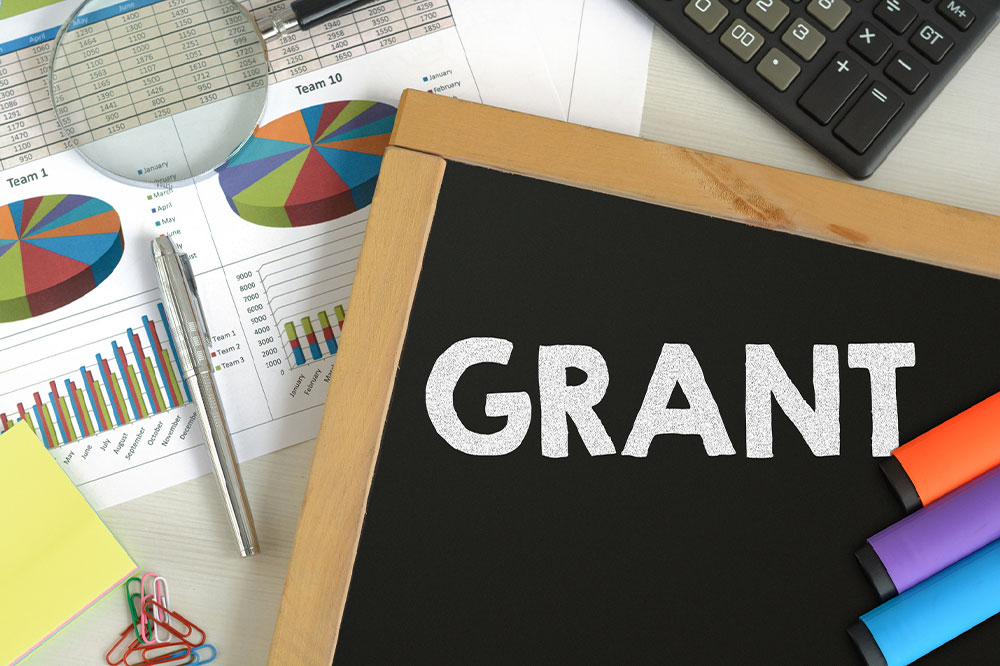Comprehensive Guide to Inflation Relief Payments: Eligibility, Application Process, and How to Secure Support During Rising Costs
This comprehensive guide explains inflation relief payments, detailing eligibility criteria, application procedures, and how residents can secure financial support during inflationary periods. Learn how to navigate the process to receive timely assistance and maintain financial stability amidst rising costs.

Comprehensive Guide to Inflation Relief Payments: Eligibility, Application Process, and How to Secure Support During Rising Costs
Inflation is a critical economic phenomenon characterized by a sustained rise in the prices of goods and services across the economy. As inflation increases, the purchasing power of consumers diminishes, making everyday expenses more burdensome for households. In response to these financial pressures, many state governments are implementing inflation relief programs aimed at alleviating the financial strain experienced by residents. These programs often include direct payments, also known as inflation relief payments, designed to provide quick financial assistance to those most affected by rising living costs. This comprehensive guide explores what inflation relief payments are, who qualifies for these benefits, and the detailed steps on how to apply effectively, ensuring eligible individuals receive timely support during challenging economic times.
What Are Inflation Relief Payments?
Inflation relief payments are one-time financial grants or stimulus checks issued by federal, state, or local governments to help residents manage increased expenses caused by inflation. These payments act as direct monetary support intended to cushion the impact of rising prices on households' budgets. The primary goal is to provide immediate financial relief to vulnerable populations, allowing them to better meet their daily needs, such as housing, groceries, healthcare, and transportation. The amount of relief provided varies depending on factors such as the individual's income level, household size, and specific program guidelines. For many recipients, these payments serve as a vital lifeline, helping them avoid financial hardship and maintain stability amid economic fluctuations.
Who Is Eligible for Inflation Relief Payments?
Eligibility criteria for inflation relief payments differ across states and jurisdictions, but several common factors determine qualification. Typically, applicants must be residents of the state offering the program and meet income limits set based on federal poverty guidelines or median income levels. Many programs require applicants to have filed a tax return in the previous year, demonstrating that they are taxpayers in the state. Additionally, possessing a valid Social Security number is often a prerequisite to verify identity and eligibility.
Individuals experiencing financial hardship due to increased costs—such as low-income workers, seniors, disabled individuals, or families with dependent children—are generally prioritized. Some states also extend eligibility to those enrolled in Medicaid, Supplemental Nutrition Assistance Program (SNAP), or other social assistance programs, recognizing their heightened financial vulnerability. It’s important to note that in certain cases, recipients of existing benefits or welfare programs may automatically qualify for relief payments, eliminating the need for a formal application.
Given the variability in eligibility criteria, it is crucial to consult your state’s official resources, such as the Department of Revenue or Social Services website, to determine specific qualifying factors applicable in your locality.
Step-by-Step Guide on How to Apply for Inflation Relief Payments
Verify Eligibility: The first step is to confirm whether you qualify for the relief program. Visit your state’s official government website or contact local agencies for detailed eligibility requirements. Some states publish eligibility checkers or eligibility guidelines online to streamline this process.
Gather Relevant Financial Documents: Collect necessary documentation that supports your application. Typical documents include recent tax returns, proof of income such as pay stubs or wage statements, bank statements showing account balances, and identification documents like your Social Security card or driver’s license.
Complete the Application Form: Fill out the application form accurately, providing details about your income, household size, expenses, and other requested information. Many states have transitioned to online applications, which are faster and more efficient. If online submission is unavailable, forms can often be downloaded and mailed or submitted in person.
Submit Your Application: Follow the submission instructions specified by your state’s agency. Ensure that all information is complete and correct to prevent delays. Online submissions often provide confirmation receipts, which serve as proof of application.
Monitor the Application Status: After submission, regularly check your application status through official portals or contact points. The government will process your request and notify you of approval or any additional steps needed. Disbursements are commonly made via direct deposit into your bank account or through mailed checks, depending on your preference and local arrangements.
It’s important to note that in many instances, eligible recipients may receive inflation relief payments automatically, based on existing tax or benefit records, eliminating the need for a manual application. However, staying informed about deadlines and requirements is essential to ensure you don’t miss out on these financial aids.
To track your payment status, visit your state’s official portal. The volume and amount of relief payments may vary, with lower-income households often receiving higher amounts to offset their greater financial challenges. In addition to direct relief checks, various supportive measures such as cost-of-living adjustments, tax benefits, and targeted assistance programs are often available to help residents navigate inflationary pressures.
Using these resources effectively can help those impacted by inflation maintain financial stability. Promptly applying for relief payments ensures access to the needed funds during difficult economic conditions. Planning expenses carefully and understanding available supports will empower residents to better cope with ongoing inflation challenges and secure their financial well-being.





